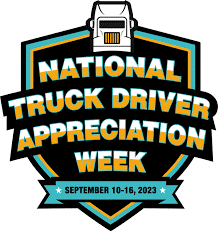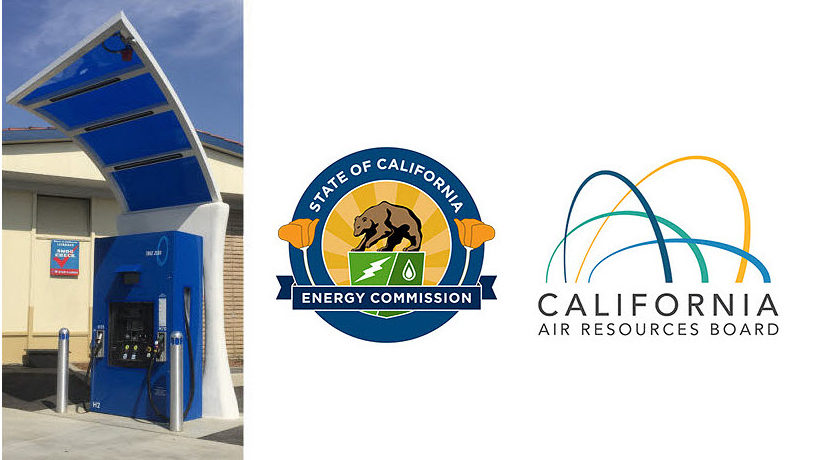Which One Do You Have?
At the end of the year you should be evaluating your safety and loss control program to determine your performance over the year. Where do you stand compared to last year and the year before? Ongoing analysis programs are vital to a proactive and productive safety and loss control program. It always amazes me that companies cannot tell me what their accident frequency rate is Safety Bulletin - Proactive vs. Reactive Safety and Loss Control Program Page 1 of 8 and how it compares to years past. Accident frequency should be determined throughout the year no less than quarterly to determine trends and be proactive in controlling losses. Accident frequency rates can be calculated by multiplying the total number of accidents for a period by one million and then dividing by the total number miles for the same period. Accident frequency rate can be determined for DOT recordable, preventable recordable, non-preventable, by region, by fleet, driver supervisor, etc. However, accident frequency rates are just one piece of the overall safety analysis program that is in place to provide you with a sense of direction of where your program is going. Other areas of your internal analysis program should include, driver turnover frequency, DOT violation analysis (Hours of Service, Drug and Alcohol, driver file), OSHA violations, on-board safety technologies, workers compensation injuries, etc. Another analysis tool that you should review monthly is your CSA SMS data provided to you by the FMCSA https://safer.fmcsa.dot.gov/ or http://csa.fmcsa.dot.gov
A sound Proactive safety and Loss control program will adequately address the following areas:
- Driver Selection
- Driver recruiting
- Carrier-based training
- Management-driver communications
- Driver safety-performance evaluation
- Safety incentives, Behavior-based safety
- On-board safety monitoring, cameras
- Telematics data
- Accident investigation
- Improved driver scheduling and dispatching
- Fatigue management
- Carrier-based medical programs
- Advanced safety technologies, Industry-based safety standards, and certification
- Preventive maintenance and vehicle inspection
- Drug and Alcohol testing results
National Truck Driver Appreciation Week is September 10-16, 2023
Nearly every aspect of daily life is made possible because a truck driver delivered the goods and resources people need.
National Truck Driver Appreciation Week is an important time for America to pay respect and thank all the professional truck drivers for their hard work and commitment in undertaking one of our economy's most demanding and important jobs. These 3.5 million professional men and women not only deliver our goods safely, securely, and on time, they also keep our highways safe.
Americans and Canadians have taken extraordinary steps to show their appreciation for the important work that professional truck drivers have done. From children passing out lunches, to "I Heart Truck" signs across the highways, the public has taken notice of the essential role truck drivers play in their lives. As we reflect on the past three years, I often wonder where we would be today if the truck drivers had refused to drive the trucks at the onset of the Covid pandemic that were delivering our personal protective equipment (PPE), food, medical supplies and the list goes on and on!
This week in September is a small way to show appreciation to the 3.5 million professional men and women who not only deliver our goods safely, securely, and on time, but also keep our highways safe. Start planning to do something special for your drivers this week in September that we set aside to recognize them.
Driver Recognition Awards
Driver Appreciation week is a good time to review your award and recognition programs that you have in place. It is important that we recognize those drivers who have performed
in a safe and compliant manner. Recognition awards are best used for safe driving. A recognition award should be an award that the driver or employee cannot get anywhere else. It is best if these awards are personalized. Benefits of recognition award are that they are non-monetary and have a longer lasting effect. A driver should not be able to go and buy this award on their own. The only way to receive the award and recognition is to meet the requirements for receiving the award. These awards can be further enhanced by presenting award group presentations with peers (i.e. meetings, banquets, etc.).
As a motor carrier, there are several state and nationwide association award programs that you can enroll your drivers in. I would recommend that you contact your state trucking association for a listing of the awards programs that are available. There are a variety of awards programs available for your drivers through organizations such as the American Trucking Association (www.truckline.com) and the National Private Truck Council (NPTC). The NPTC has the Driver Hall of Fame and National Driver All-Stars driver’s awards programs that are available to NPTC members. Go to: www.nptc.org to enroll your driver.
Driver Incentive Awards:
Incentive monetary awards are best used to motivate a driver to perform. These types of incentive programs are successful in motivating the driver to achieve a specific goal such a certain fuel mileage or a clean roadside inspection.
CARB and Truck and Engine Manufacturers Announce Agreement to Meet Clean Energy Goals
The California Air Resources Board has reached an agreement with the nation’s leading truck and engine manufacturers and the Truck and Engine Manufacturers Association to meet the state’s zero-emission vehicle (ZEV) goals for the commercial trucking industry.
The announcement says the Clean Truck Partnership, which includes Cummins, Inc., Daimler Truck North America, Ford Motor Company, General Motors Company, Hino Motors Limited, Inc., Isuzu Technical Center of America, Inc., Navistar, Inc., PACCAR Inc., Stellantis N.V., Truck and Engine Manufacturers Association, and Volvo Group North America, have agreed to meet California’s vehicle standards that will require the sale and adoption of zero-emissions technology in the state, regardless of whether any other entity challenges California’s authority to set more stringent emissions standards under the federal Clean Air Act. In turn, CARB has agreed to work collaboratively with manufacturers to provide reasonable lead time to meet CARB’s requirements and before imposing new regulations and to support the development of necessary ZEV infrastructure.
The terms of the agreement include:
CARB will align with EPA’s 2027 regulations for nitrogen oxide emissions. CARB will also modify elements of the 2024 NOx emission regulations for which manufacturers will provide offsets necessary to maintain California’s emission targets.
CARB commits to providing no less than four years of lead time and at least three years of regulatory stability before imposing new requirements.
Truck manufacturers commit to meeting CARB’s zero-emission and criteria pollutant regulations in the state regardless of any attempts by other entities to challenge California’s authority.
CARB is preparing to implement rules for a phased-in transition toward 100% sale and use of zero-emissions technology for medium- and heavy-duty vehicles under CARB’s Advanced Clean Trucks and Advanced Clean Fleets rule by 2045. In March, the U.S. Environmental Protection Agency approved California’s waiver under the federal Clean Air Act that, allows the state to become the first in the world to require zero-emissions technology for trucks, reversing a policy decision from the Trump Administration. But that waiver has been challenged in federal court by the Attorneys General of 17 other states.










